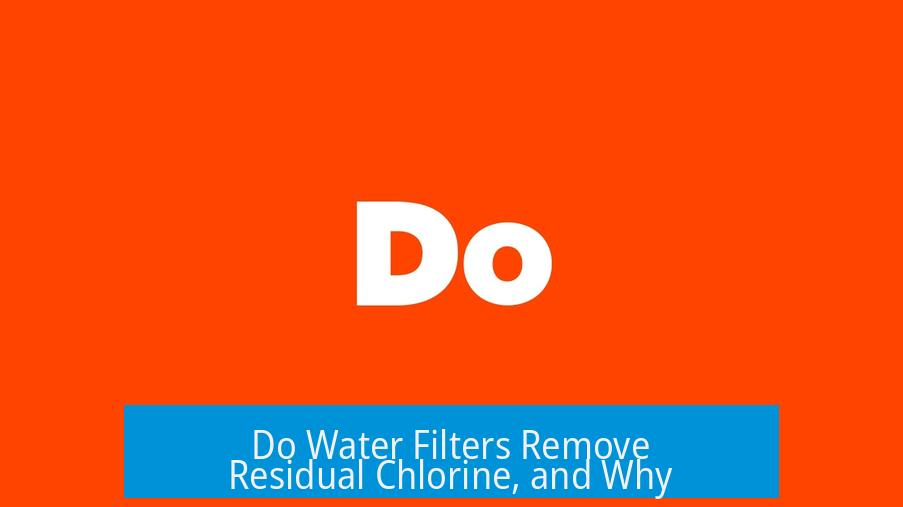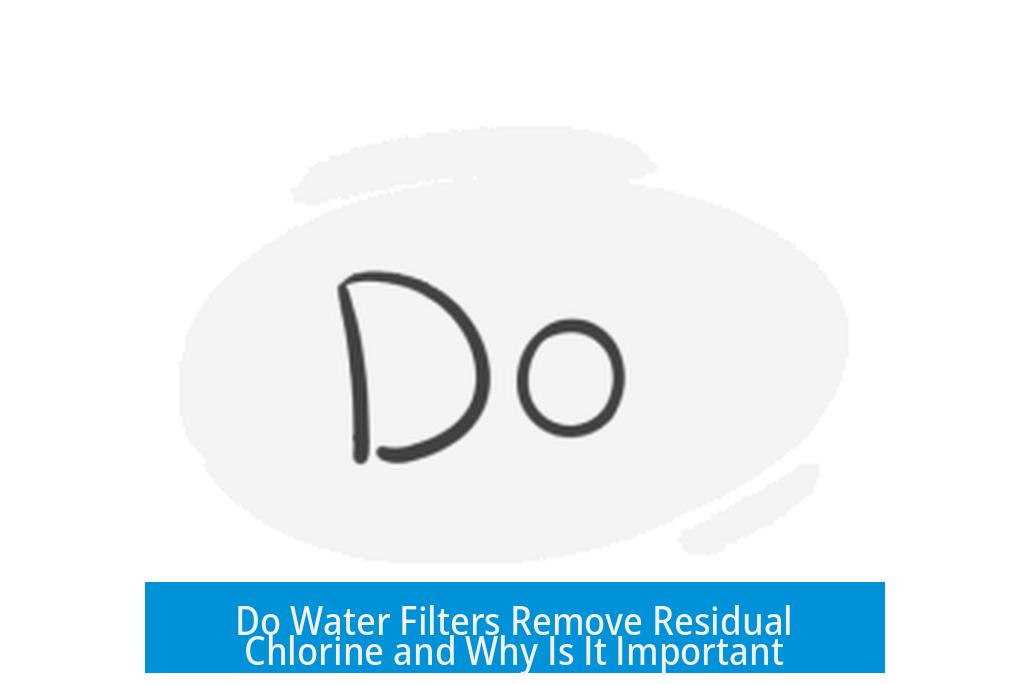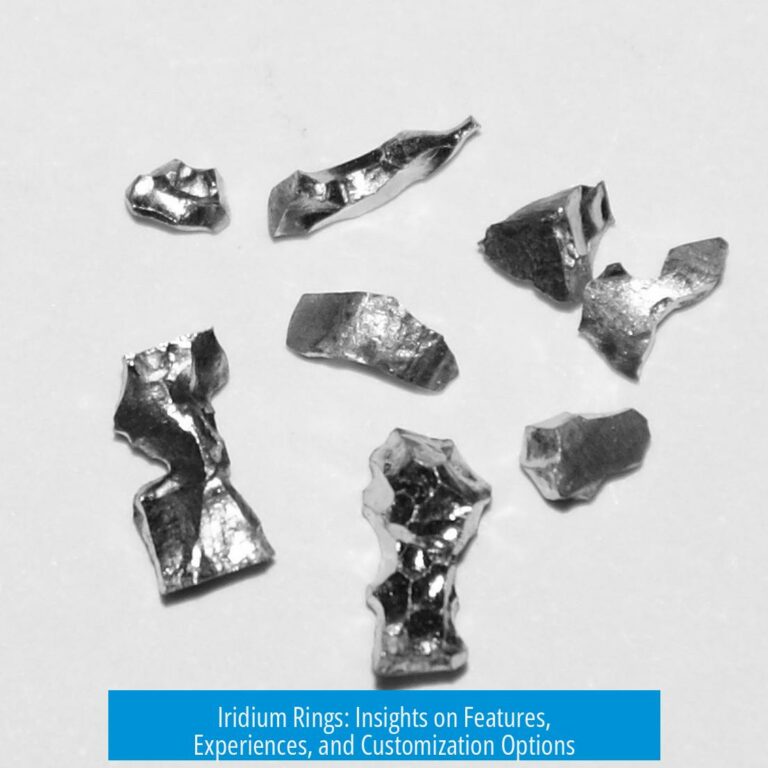Do Water Filters Remove Residual Chlorine, and Why?

Water filters, especially those containing granular activated carbon (GAC) or charcoal, do remove residual chlorine from drinking water. This removal occurs because chlorine molecules adsorb onto the porous carbon surfaces, improving water taste and odor after municipal treatment.
How Chlorine Is Used in Municipal Water
Municipal water systems add chlorine as a disinfectant to kill bacteria, viruses, and parasites. Chlorine remains in low concentrations, typically 0.2 to 2.2 ppm, to maintain water safety during distribution. The Environmental Protection Agency (EPA) considers up to 4 ppm safe for consumption, though chlorine can impart an unpleasant taste or smell.
Mechanism of Chlorine Removal by Filters
Most home water filters employ granular activated carbon (GAC) or charcoal. These materials contain porous structures that adsorb chlorine and other disinfectant byproducts like TTHMs (total trihalomethanes) and DBPs (disinfection byproducts). Adsorption physically traps chlorine molecules, effectively reducing their concentration at the point of use.
- Charcoal filters bind compatible ions and molecules to their pores.
- GAC filters absorb residual chlorine chemically and physically.
Reasons for Removing Chlorine in Filters
After the municipal disinfection purpose is served, residual chlorine mostly affects taste and odor. Water filters remove chlorine right before consumption to provide better-tasting water without disinfectant odors. Since chlorine is no longer needed post-treatment, its removal is beneficial.
Practical Considerations
While filters effectively remove chlorine, stagnant water in them lacks this disinfectant protection. Over time, microbial growth can develop inside filters if unused. It is important to flush filters or replace them regularly to prevent contamination or “scunge” buildup.
Summary of Key Points
- Chlorine in municipal water disinfects but can cause taste/odor issues.
- Granular activated carbon filters adsorb and remove residual chlorine.
- Chlorine removal improves water taste and odor at point of use.
- Filters require maintenance to prevent microbial growth in chlorine-absent water.
- Chlorine levels up to 4 ppm are considered safe to drink by EPA standards.





Leave a Comment